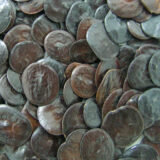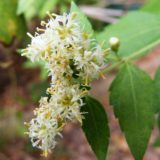Table of Contents
The Complete List of Plants Containing DMT
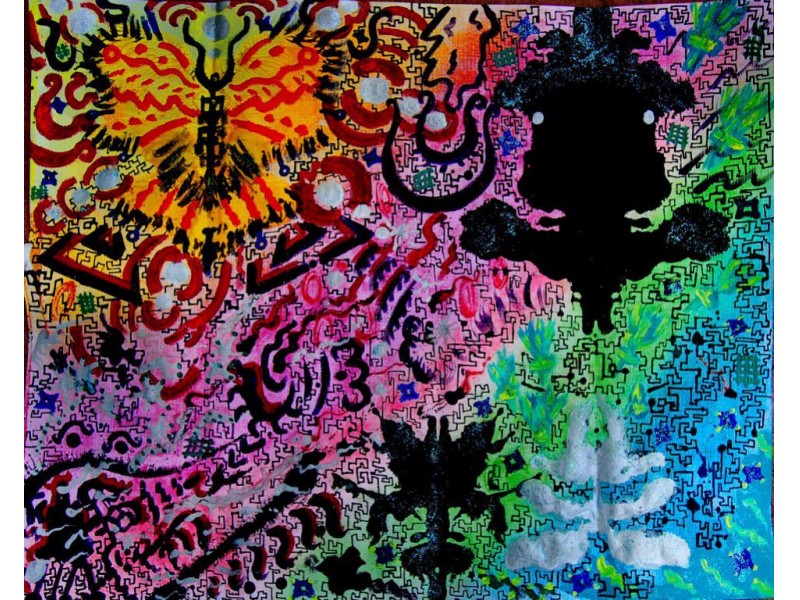
What Is the “Spirit Molecule”
DMT, or N,N-Dimethyltryptamine, is a tryptamine which can be found naturally occurring in both animals and plants. It is probably the most well known as its use in recreational or ceremonial settings. DMT is a structural analog of serotonin, and a functional analog of many other psychedelic tryptamines. The effects of DMT are usually short-lived, although extremely intense with rapid onset. DMT is a strong, powerful psychedelic drug which is controlled, scheduled or otherwise illegal to possess in most territories around the world (including the United States). Although the law has made it illegal to possess, many of the plants which contain DMT are growing freely and wildly throughout society. It usually only becomes illegal to possess after it has been chemically extracted from the plant. It has been called the ‘spirit molecule’.
DMT is a versatile drug, being inhaled, ingested or even injected. The effects can be controlled via dosage. Ingesting a DMT concoction can provide an experience that lasts up to 3 hours, while smoking or injecting will provide a 5-20 minute trip. The experience may be different from person to person, but the effects can range from general euphoria to full blown, vivid hallucinations. Some hallucinations are simple, such as geometric shapes and crystal-like designs. Other hallucinations are more intricate, involving other beings, gods, animals, aliens, and other creatures of higher intelligence.
Which Plants Produce DMT: Identifying Plants With DMT Content
DMT comes from so many different sources that it is hard to truly regulate. Here are some common plants which contain DMT and where they are found growing native. In fact, some of these plants have very rich DMT content. A complete list of plants known to contain DMT.
Acacia Spp.

Region: Any Tropical or Subtropical Region
The Acacia genus possesses hundreds of species which are found in tropical to subtropical regions throughout the globe. Both the bark and leaves of these trees alike contain extremely high concentrations of N,N-DMT.
Anadenanthera colubrina
Region: South America
The seeds of the Cebil or Villca plant, native to countries in South America, possess constituent tryptamines 5-MeO-MMT, DMT, DMT-N-oxide, and OH-DMT-N-oxide.
Anadenanthera peregrina
Region: Central and South America Tropical Regions
The Yopo seeds contain tryptamines N,N-DMT, 5-MeO-DMT and 5-OH-DMT. The bark contains N-methyltryptamine, 5-methoxy-N-methyltryptamine, 5-methoxy-N,N-dimethyltryptamine, MMT, 5-MeO-MMT, DMT and 5-MeO-DMT.
Arundo donax Linnaeus
Region: All Around the World
This “Giant Reed” (as it were nicknamed), was formerly native to the Mediterranean region of the world, but has since been spread and is now cultivated all around the world. It contains many tryptamines, most notably: N,N-DMT and 5-MeO-DMT.
Banisteriopsis caapi Morton and Banisteriopsis spp.
Region: South America (Plentiful in the Amazon)
These vines are commonly called “Ayahuasca Vines” as they are an important ingredient in the hallucinogenic drink. This is probably because of their high content of DMT-related tryptamines. The plant contains N,N-DMT, and DMT in the stems and leaves (the vines themselves do not contain DMT).
Calliandra anomala McBride
Region: Tropical Regions of Central and South America, And Mexico
Mostly known as “Red Powder Puff,” the beautiful shrub’s bark has been suggested to produce N,N-DMT. It is possible the root and stem may possess low contents of DMT as well.
Yahe Vine
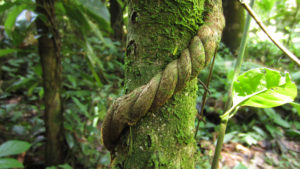
Region: Tropical Regions of South America and the Amazon, Also Tropical Regions of Africa
This vine remains legal and unregulated in most parts of the world, including the United States. However, its high DMT content makes it extremely valuable. It is frequently called Yahe Vine, and known also by the name chagropanga. The leaves contain N,N-DMT and MeODMT. The stems contain N,N-DMT and 5-MeO-DMT.
Mimosa tenuiflora Poiret
Region: Mexico, Central and South America
This plant is well known to Indians of many tribes. The bark contains N,N-DMT.
Mucuna pruriens
Region: All Around the World, Abundant in Asia, Africa and All Americas
The Cowhage plant grows in forests, near the ocean and in sandy terrain. Cowhage seeds contain N,N-DMT, DMT, DM-N-oxide, and 5-MeO-DMT.
Peganum harmala Linnaeus*
Region: Mediterranean, Europe and Asia
Also known as Syrian Rue, this ancient plant is well-known for its psychoactive use. The seeds do not contain DMT themselves, but instead act as strong MAO inhibitors (suppressing monoamine oxydase, allowing the effects of DMT to be stronger and induced orally.
*This is an MAO inhibitor, and is used in conjunction with DMT, rather than for its DMT content (which is none).
Phalaris spp. and Phalaris arundinacea Linnaeus
Region: North America, Europe, Africa, and Asia
This grass is also known as Reed Canary Grass or “Canary Grass.” It grows in abundance throughout North America and many other parts of the world. It is a weed-like plant and enjoys humid, moist terrain. It is common near swamps or streams. This grass (the whole plant) contains high quantities of N,N-DMT, MMT and 5-MeO-DMT.
Psychotria spp. and Psychotria viridis Ruiz et Pavon
Region: Tropical Regions in Central and South America, North America
Psychotria is also called Chacruna and is a bush of the coffee family. The leaves of the plant contain a high content of N,N-DMT, and some smaller trace amounts of MMT.
Virola spp.
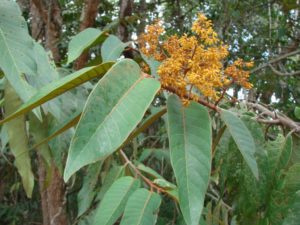
Region: Tropical Regions of Central and South America, and Mexico
The many plants of Virola species contain many DMT tryptamines. Virola contains N,N-DMT, 5-MeO-DMT, MMT, 5-MeO-MMT, MMT and DMT. Depending upon which part of the plant is used, the exact chemical contents may differ, but DMT and DMT analogues are present in the seeds, resin, bark, root and leaves.
Final Tips: Finding Plants With High DMT Content
Although the effects of DMT may be intense, the actual “trip” itself is extremely short, giving the drug the nickname of the “businessman’s trip” back in the 1960s. While illegal in the United States and many parts of the world, it has still been a well-sought after drug for the euphoric and mystifying experiences it provides. Many cultures still use DMT throughout South America and other parts of the world for their ceremonies or rituals. Besides religious use, some medicine men of some regions of the world still use DMT for diagnosis and healing purposes. Depending upon the dosage, different effects are achieved, and thus DMT has been able to be employed a variety of ways throughout the ages by a diverse amount of peoples.
No matter how DMT is being used, one thing is for sure: the stuff is found everywhere and is more widely available than most people realize. In fact, there is a plant on this very list for every single region of the world!
Disclaimer: BotanicalShaman.com is not condoning the use of DMT or processing plants for their DMT content, and cannot be held responsible for anything you choose to do.

